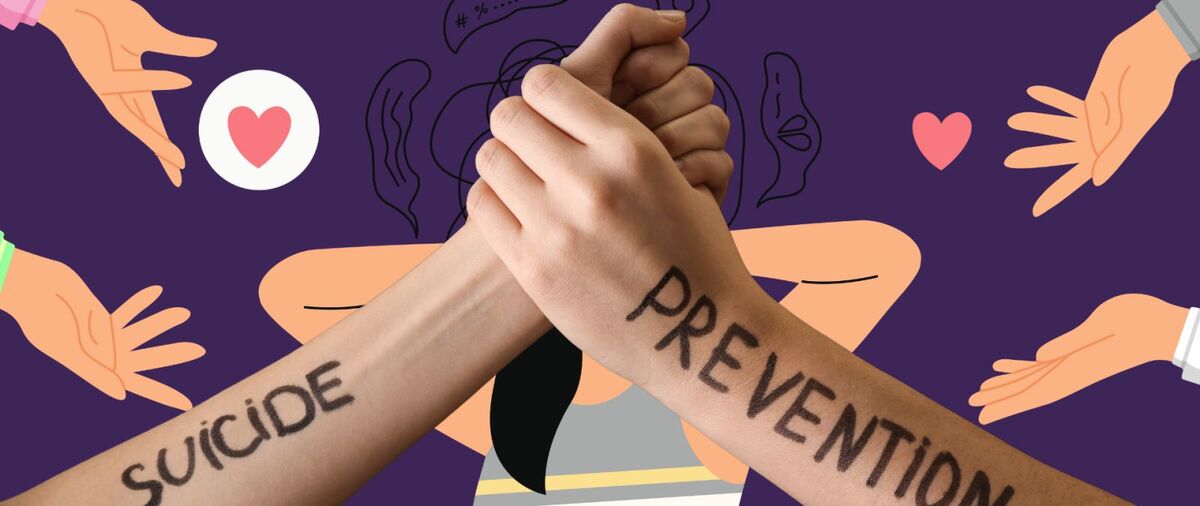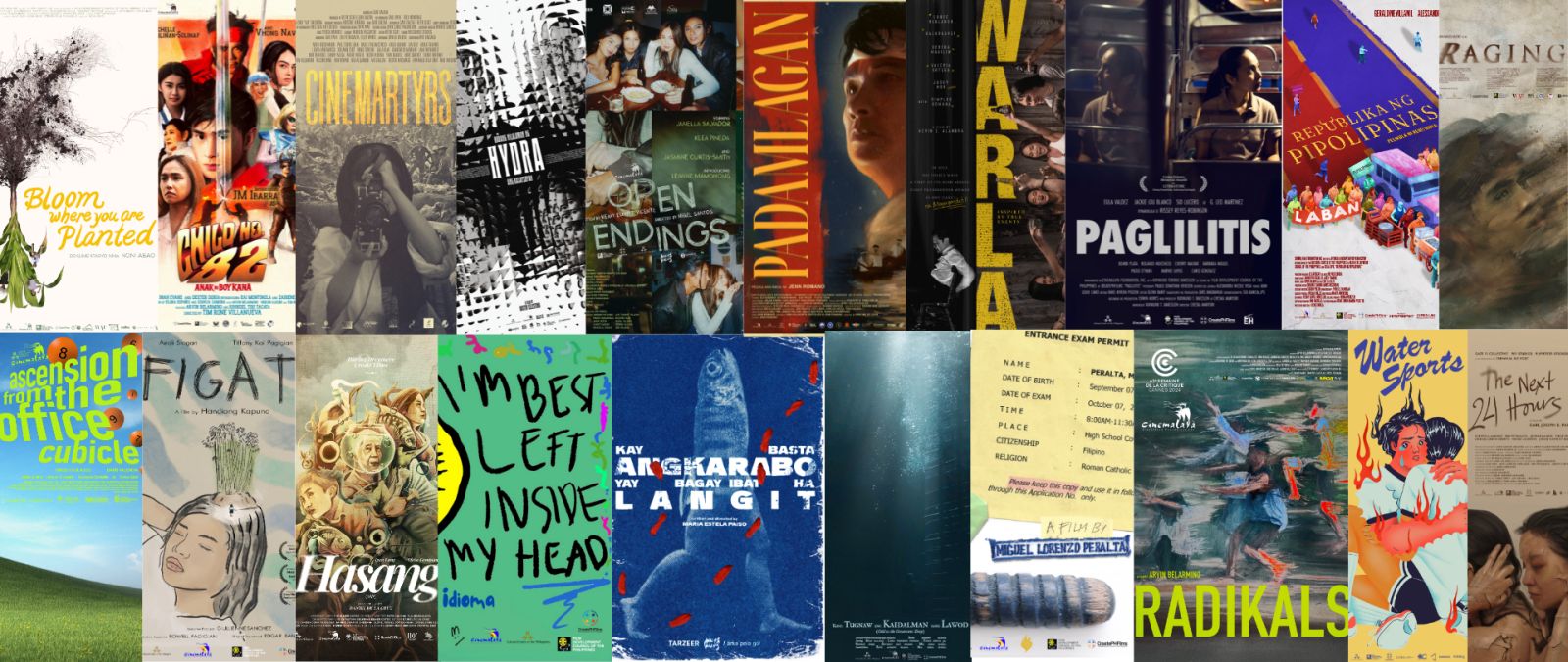COLLEGES IN MANILA PAVE THE WAY FOR E-LEARNING THROUGH THESE INITIATIVES
A rundown of campus e-learning initiatives that are shaping the future of education in the Philippines. But the question remains, what about those who can't?
This year we’re seeing a whole new shift to e-learning that will test the Philippines’ adaptability to what is inevitably perceived as the future of education. It’s the beginning of a whole new educational scheme, and with every major change, there’s always gonna be pros and cons.
After nearly three months of pushback, DepEd finally announces August as the official start of a new academic year. However, e-learning lies on an institution’s mandate therefore campuses around Metro Manila had to make the call to build their own online learning systems to prioritize their students’ health.
While it’s notable that Gen Zs and beyond are more adaptable to technological changes nowadays, there’s a lot to consider on whether the Philippines in general is prepared for this change in platforms. While for public senior high schools the basic webinar tools and communication apps like Google Meet and Zoom will suffice, more privileged colleges are gearing towards their very own platforms in educating and normalizing e-learning for their students.
Here’s how some colleges in Manila are using their platforms to support and ease the shift of e-learning for their students:
De La Salle University
Poised for a full online learning mode, DLSU will use AnimoSpace powered by Canvas as its main educational platform. Here, students maintain full interaction with their classmates and share files among professors and peers.
DLSU offers a lot of electronic initiatives through the years as listed on their website to ease the life of students with the likes of ePurse, an electronic/cashless payment service within the campus; DLSU WISe, in partnership with Globe Telecom and Smart Communications, to provide students with text messaging services for their inquiries and concerns; Philippine University Library Search Engine (PULSE), a web-based system where students can search for library holdings in several universities in the Philippines for their research essentials; and more.
Ateneo De Manila University
Through the virtual campus AteneoBlueCloud (ABC), students have the leisure of conducting classes through either real-time or non-real-time classes. Educational materials such as video lectures, Powerpoint presentations, and other learning tools will be provided via Canvas or Moodle to support them as well. There’s also going to be Zoom classes that last for at least 2 to 3 hours on most Saturdays so professors can still conduct classes through scheduled meetings.
University of Santo Tomas
UST rebrands their cloud-based learning platform called Electronic-Learning Access Program (E-LEAP) to UST Cloud Campus. Known as local pioneers of e-learning for having started in 2002, the institution has been consistently updating their technology to cope up with the demands of e-learning through Blackboard-powered system enhanced by Google for Education and by Adobe Creative eLearning Solutions.
They’ve also partnered with Smart and PLDT for pocket WiFi assistance.
University of the Philippines
So far, they’re geared for full online mode for the first semester until further ease of lockdown. Because UP is known for its diversity in terms of their students’ financial capacities, they will be conducting classes through basic teleconference and learning tools like emails, Zoom, Messenger, and Viber.
In an effort to support the needs of their less-capable students, they are providing two new grants called “Learning Assistance Grants” for equipment and subsidy on connectivity service; and “Peer Learning Groups and Networks” which acts as a network for support in remote learning contexts.

Its College of Education also opened a COVID-19 Helpdesk to support faculty, students, and their staff who are experiencing psychosocial stress from the current viral situation.
See more of their campus initiatives through their website.
Far Eastern University
FEU released a guide last June on their website regarding their plan of action. It involves an infographic that covers faculty expectations, a reassuring message on the uncertainty of the COVID-19 situation, and the recommended data plan for students to enjoy full blast learning.
They also got creative with their two new options for learning: “Fully Online, Blended Online” and “Blended Face-to-Face”. Fully Online is intended for students with stable internet and a capable device. Learning materials and professor consultations will be completely online through a digital learning system called Mastery-based Individualized Learning Enhancement System (MILES).
Its Blended Face-to-Face only applies if physical classes are to resume and as of writing, DepEd stands on their position that e-learning remains just a recommendation.
As these campuses and renowned universities in the nation’s capital continue to adapt to the perceived new reality in learning, primarily driven by technology, the question remains, what about the others? What about the lesser known universities and schools in Metro Manila, alone? How about the far-flung regions? What measures have been put in place to ensure no one gets left behind?
Joey Clutario, a state university professor who also shared his sentiments on what the situation has revealed about governance and gaps in society, said, “I am proud to be a teacher, but I am also burnt out from the lack of commensurate support and considerate action from the government especially at a point where survival and learning become a matter of connection.”














